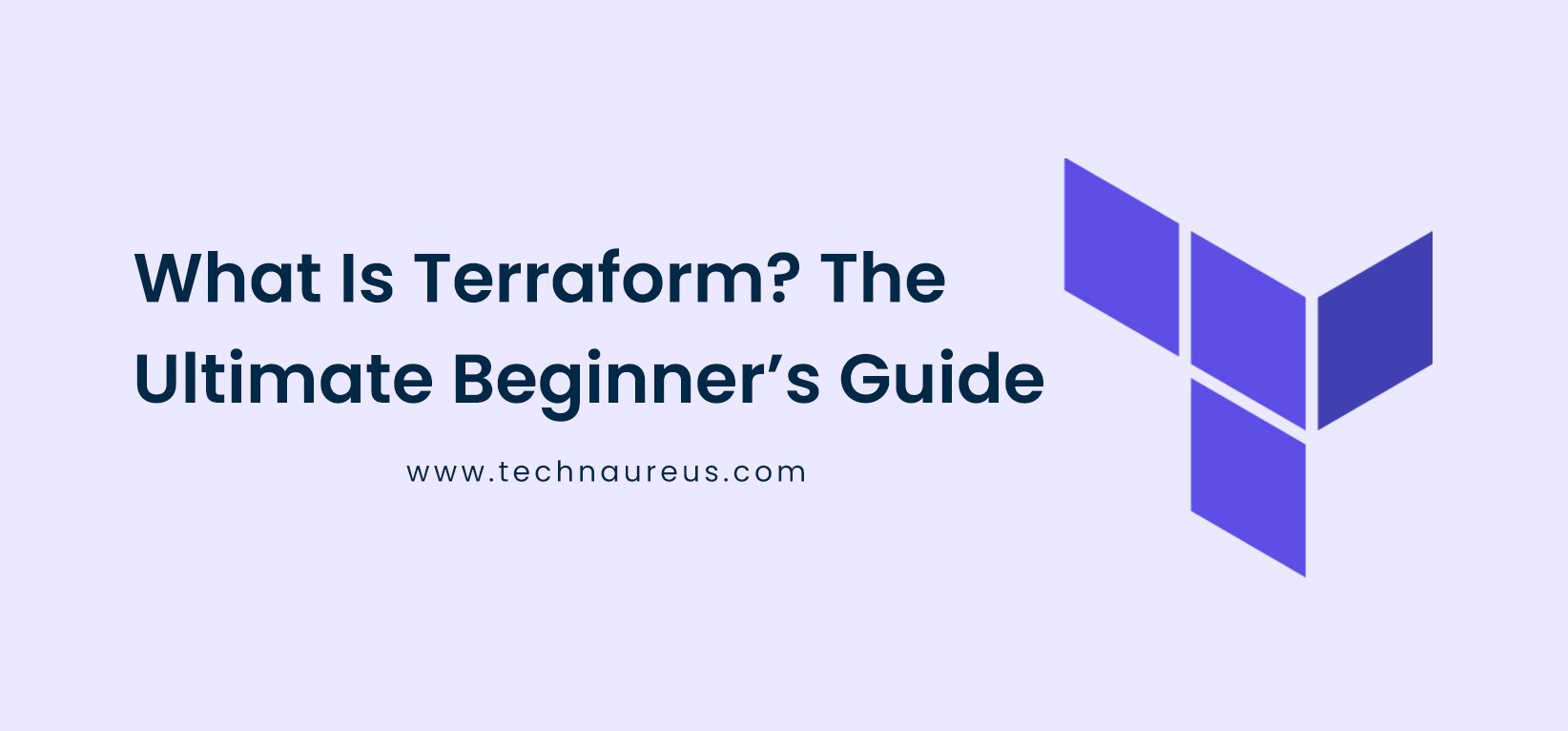Muhammad IrfanMarch 4, 2025
Are you looking to master Terraform and streamline your infrastructure management? Terraform is a powerful Infrastructure as Code (IaC) tool that allows you to automate the provisioning and management of cloud resources efficiently. Whether you’re a beginner or an experienced DevOps engineer, learning Terraform can significantly enhance your skills and career prospects.
In this guide, we will explore the fundamentals of Terraform, the best learning path, and essential concepts to get you started. Let’s dive in!
Terraform is an open-source infrastructure automation tool developed by HashiCorp. It enables users to define and manage infrastructure using a declarative configuration language called HCL (HashiCorp Configuration Language). With Terraform, you can provision resources across multiple cloud providers like AWS, Azure, Google Cloud, and more.
Here are some key reasons why learning Terraform is beneficial:
To begin using Terraform, install it on your system:
Use Homebrew:
brew tap hashicorp/tap
brew install hashicorp/tap/terraform
sudo apt-get update && sudo apt-get install -y terraform
terraform -version
Before deploying infrastructure, you should understand the core Terraform concepts:
Providers are cloud platforms (AWS, Azure, GCP) where Terraform manages resources.
provider "aws" {
region = "us-east-1"
}
Resources define the infrastructure components such as virtual machines, databases, and networks.
resource "aws_instance" "example" {
ami = "ami-123456"
instance_type = "t2.micro"
}
Variables make configurations reusable and flexible.
variable "instance_type" {
default = "t2.micro"
}
Terraform keeps track of resources using a state file (terraform.tfstate), which helps manage infrastructure changes.
Create a new directory and a Terraform configuration file:
mkdir terraform-demo && cd terraform-demo
nano main.tf
Add the following code to main.tf to create an AWS EC2 instance:
provider "aws" {
region = "us-east-1"
}
resource "aws_instance" "my_instance" {
ami = "ami-0abcdef1234567890"
instance_type = "t2.micro"
}
Run the following command to initialize Terraform and download necessary provider plugins:
terraform init
Check what Terraform will create:
terraform plan
Apply the configuration to deploy resources:
terraform apply
To clean up, destroy the created infrastructure:
terraform destroy
1. Start with Small Projects: Begin with simple configurations like creating virtual machines before progressing to complex infrastructure setups.
2. Use Terraform Modules: Modules allow you to reuse and organize Terraform configurations efficiently.
3. Leverage Remote State: Store Terraform state remotely (e.g., AWS S3, Terraform Cloud) to enable collaboration.
4. Follow Terraform Documentation: Terraform has detailed official documentation at Terraform Docs.
5. Experiment with Terraform Cloud: Terraform Cloud offers features like remote execution, team collaboration, and state management.
Once you master the basics, explore these advanced topics:
Terraform is an essential tool for modern DevOps and cloud automation. By learning Terraform, you gain the ability to deploy, manage, and scale cloud resources efficiently. Start with the basics, practice writing configurations, and explore advanced concepts to become a Terraform expert.

0